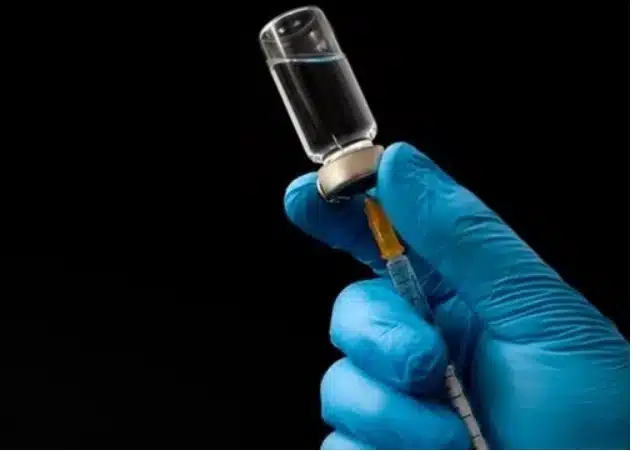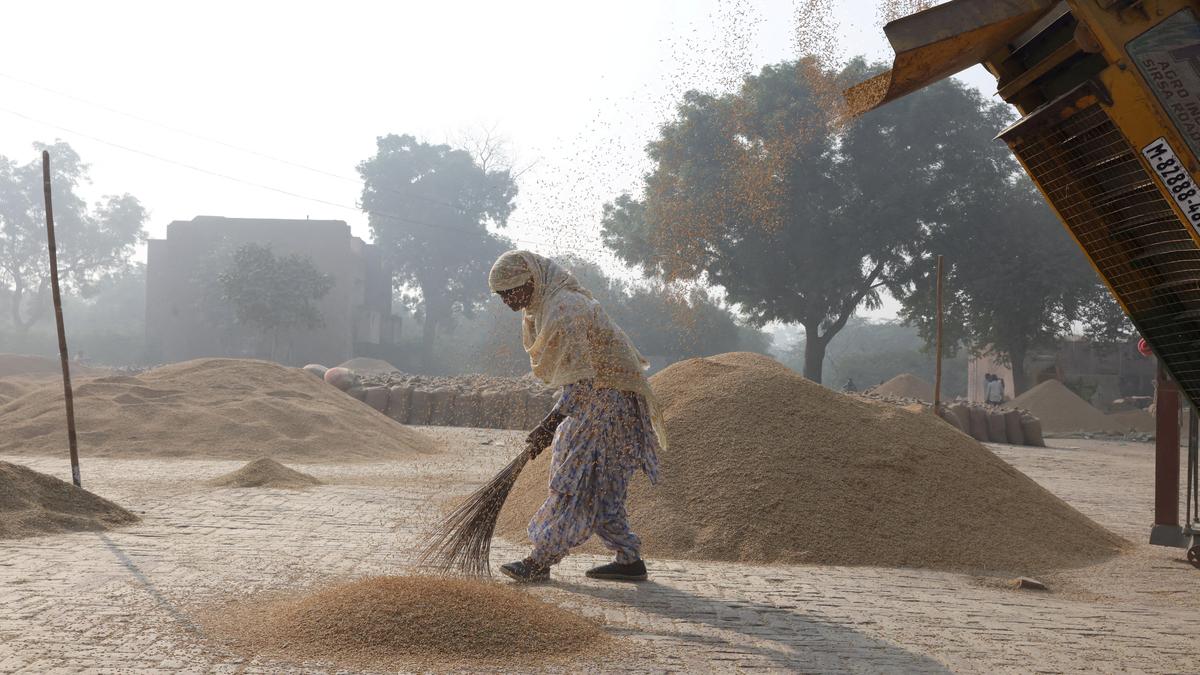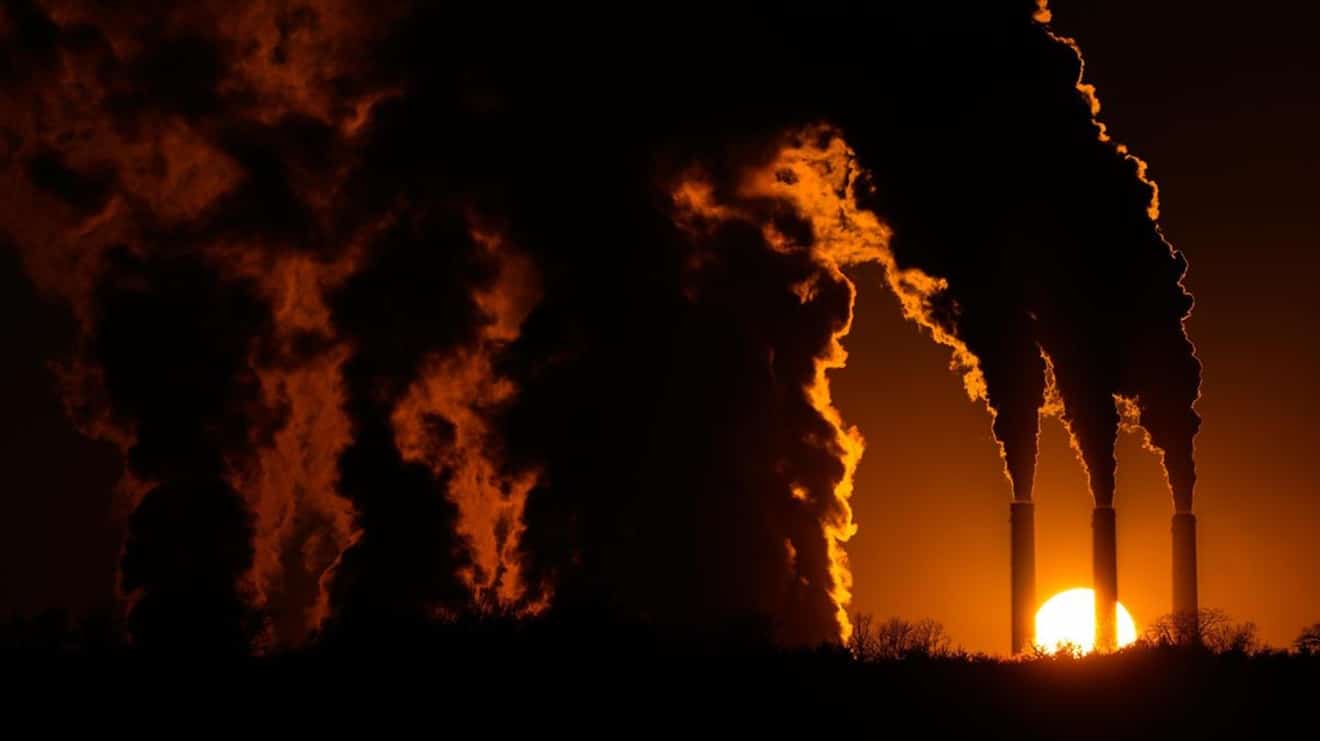What’s in today’s article?
- Why in news?
- What is Cervical cancer?
- Prevalence of Cervical cancer
- Prevention from Cervical cancer
- News Summary: Centre set to roll out vaccine drive to fight cervical cancer
- Key highlights
- Challenges in immunisation
Why in news?
- The government is set to roll out a human papillomavirus (HPV) vaccination campaign for girls in the 9-14 years age group.
- It is a significant step which has potential to reduce the incidence of cervical cancer in India.
Cervical cancer
- Almost all cervical cancer cases are linked to certain strains of HPV, a common virus that is transmitted through sexual contact.
- The body’s immune system usually gets rid of the HPV infection naturally within two years.
- However, in a small percentage of people the virus can linger over time and turn some normal cells into abnormal cells and then cancer.
- It is preventable as long as it is detected early and managed effectively.
Prevalence
- Cervical cancer is the second most common cancer type and the second leading cause of cancer death in women of reproductive age (15-44) worldwide.
- According to the World Health Organization’s International Agency for Research on Cancer (IARC-WHO), India accounts for approximately one-fifth of the global burden.
- India witnesses 1.25 lakh cases and approximately 75,000 deaths each year (one woman every eight minutes).
- About 83 per cent of invasive cervical cancer cases are attributed to HPV 16 or 18 in India.
Prevention
- Cervical cancer screening and vaccination are two effective preventive measures.
- There is still little awareness among women about this cancer prevention, and less than 10% of Indian women are screened.
- All women aged 30-49, regardless of symptoms, should be screened for cervical cancer and their adolescent daughters vaccinated against HPV.
News Summary: Key highlights
- Vaccination drive planned in three phases over three years
- The immunisation drive, planned in three phases over three years.
- Every year for three years, one-third of girls aged 9 to 14 will get vaccinated.
- Also, in states where this happens, each new group of 9-year-olds will receive the vaccine during these three years.
- The immunisation drive, planned in three phases over three years.
- Vaccines to be available for free
- Currently, the two-dose HPV vaccine is available commercially for about Rs 2,000 per dose.
- But once the government includes it in its immunisation programme, it will be available for free.
- Vaccine to be use in the immunisation drive
- Cervavac, an indigenously developed quadrivalent vaccine by the Serum Institute of India (SII) in Pune, will be used for this drive.
- Cervavac offers protection against four HPV strains – 16, 18, 6 and 11.
- Besides CERVAVAC, two vaccines licensed globally are available in India;
- a quadrivalent vaccine (Gardasil, marketed by Merck) and
- a bivalent vaccine (Cervarix, marketed by Glaxo Smith Kline).
- These vaccines are costly and hence are unaffordable for the vast majority of Indians.
- Cervavac, an indigenously developed quadrivalent vaccine by the Serum Institute of India (SII) in Pune, will be used for this drive.
- Place of vaccination
- The immunisation drive will be conducted through schools and existing vaccination points.
- Single dose vaccination drive
- While none of the HPV vaccines available globally recommend a single-dose schedule, the World Health Organisation says that a single-dose regimen can be followed for public health programmes.
Challenges
- Production for public vaccination
- At present, SII has a production capacity of about 2-3 million doses of Cervavac per year.
- However, it needs to increase this capacity, with a target of 60-70 million doses.
- Allocation of resources
- The biggest task will be in allocating adequate resources and manpower for vaccinating the massive demographic of adolescent girls aged between 9 and 14.
- Awareness
- There is a huge need for stepping up awareness about the disease and the vaccine in the community.
- Unlike Covid and the vaccination programme, there is very little awareness about cervical cancer.
- There is an urgent need to have a communication strategy in place and to ensure that any myths circulating online are promptly busted.
Q1) What is human papillomavirus (HPV)?
The human papillomavirus (HPV) is a virus that can cause an infection. It’s usually spread through skin-to-skin contact, such as during vaginal or anal sex. A person with HPV can pass the infection to someone else even if they don’t have any symptoms.
Q2 What is International Agency for Research on Cancer (IARC)?
The International Agency for Research on Cancer (IARC) is an intergovernmental agency that is part of the United Nations World Health Organization. IARC’s mission is to conduct and coordinate research on the causes of cancer and to develop strategies for cancer prevention and control.
Source: Centre set to roll out vaccine drive to fight cervical cancer
Last updated on January, 2026
→ Check out the latest UPSC Syllabus 2026 here.
→ Join Vajiram & Ravi’s Interview Guidance Programme for expert help to crack your final UPSC stage.
→ UPSC Mains Result 2025 is now out.
→ UPSC Notification 2026 is scheduled to be released on January 14, 2026.
→ UPSC Calendar 2026 has been released.
→ UPSC Prelims 2026 will be conducted on 24th May, 2026 & UPSC Mains 2026 will be conducted on 21st August 2026.
→ The UPSC Selection Process is of 3 stages-Prelims, Mains and Interview.
→ Prepare effectively with Vajiram & Ravi’s UPSC Prelims Test Series 2026 featuring full-length mock tests, detailed solutions, and performance analysis.
→ Enroll in Vajiram & Ravi’s UPSC Mains Test Series 2026 for structured answer writing practice, expert evaluation, and exam-oriented feedback.
→ Join Vajiram & Ravi’s Best UPSC Mentorship Program for personalized guidance, strategy planning, and one-to-one support from experienced mentors.
→ UPSC Result 2024 is released with latest UPSC Marksheet 2024. Check Now!
→ UPSC Toppers List 2024 is released now. Shakti Dubey is UPSC AIR 1 2024 Topper.
→ Also check Best UPSC Coaching in India

















